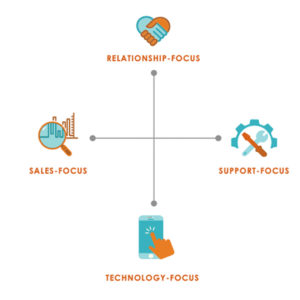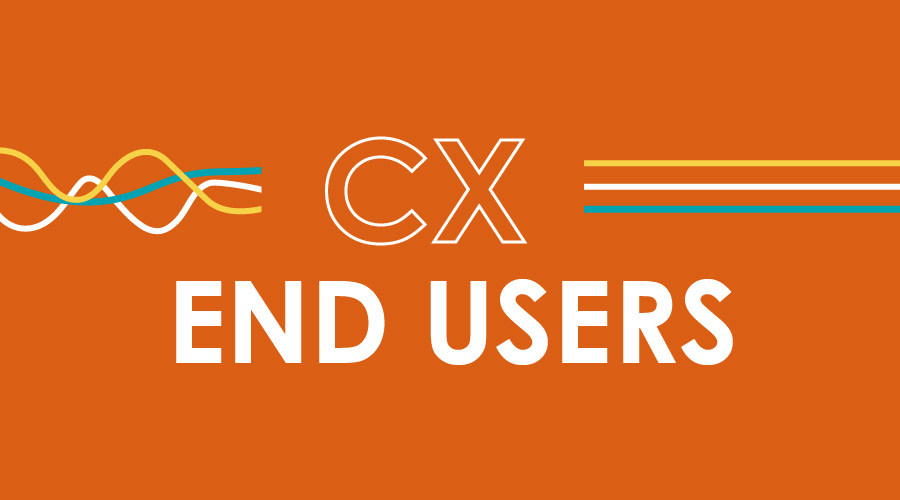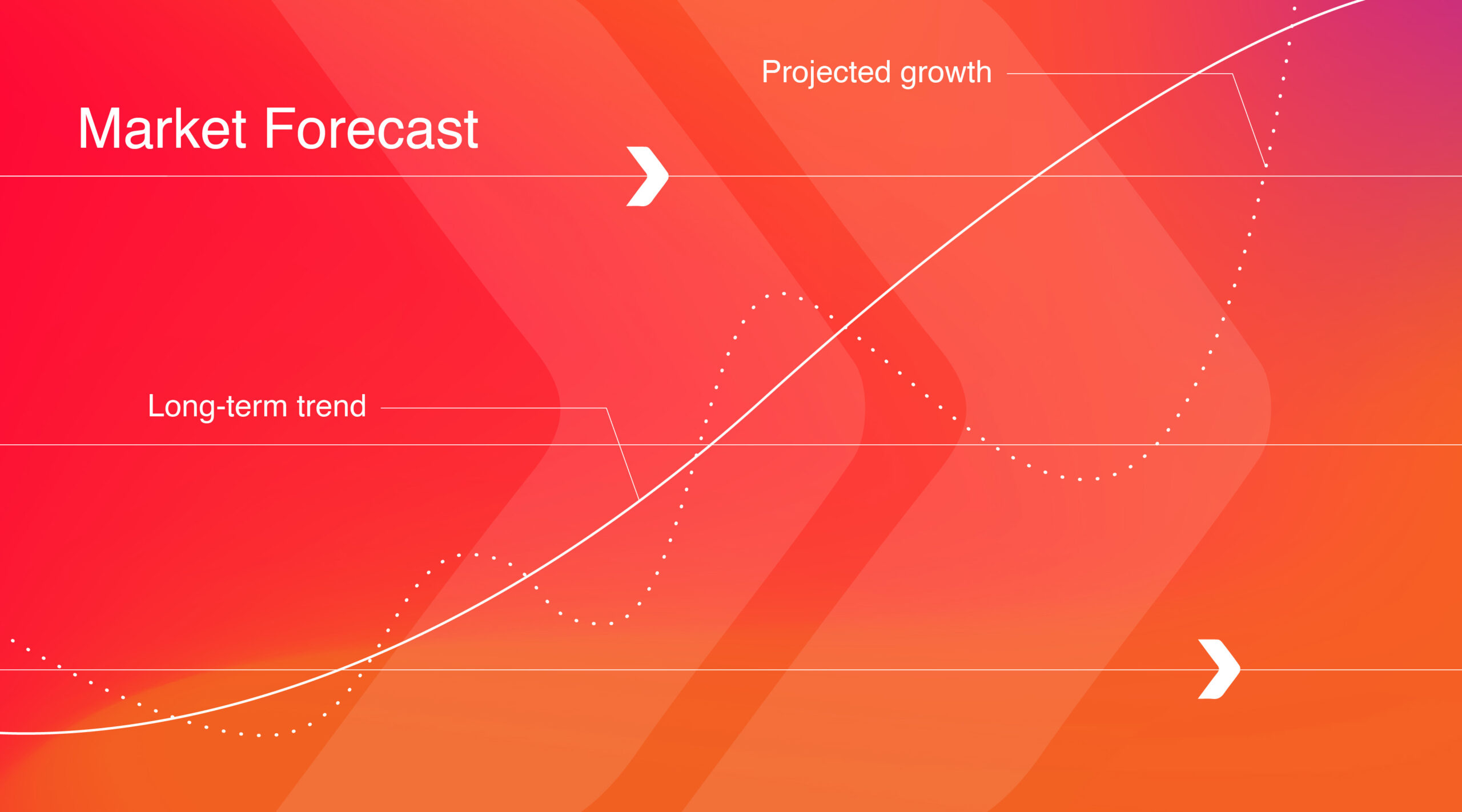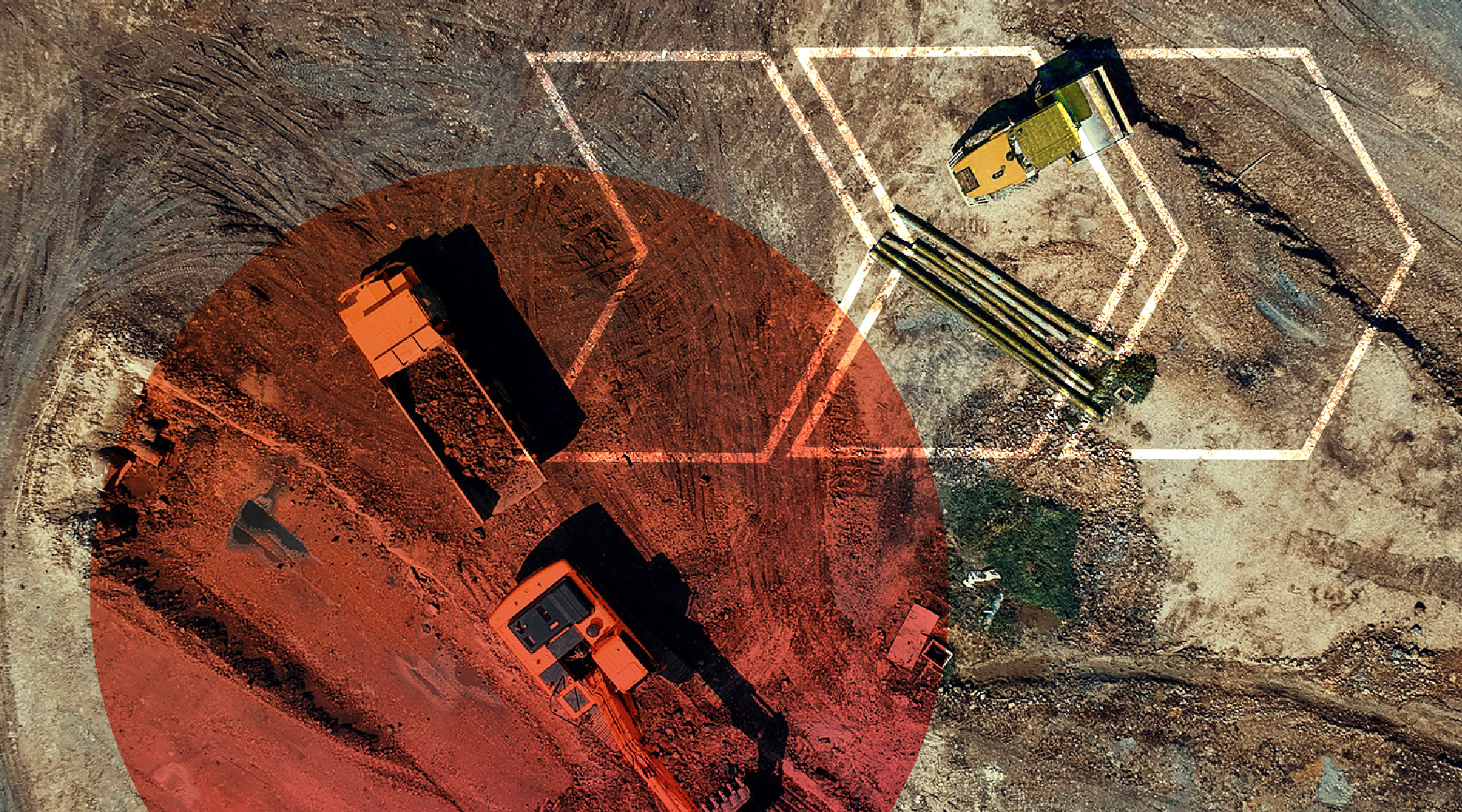If dealers/distributors take their business seriously, infrastructure consumers often do even more so. Your hardworking end users aren’t necessarily thinking about a brand’s product; for them, it’s all about the work to be done. Their margins may be thin — both in dollars and time — and keeping up with the pace of business is the daily grind.
So, who is the customer? Yours might be in the field harvesting, at a construction site or deep inside an open-pit mine. They might be a businessperson in the boardroom, a manager in the warehouse or a family-owned trucking shop down the road. Outside of work, they have families and interests, and they’re all using technology to shop and make daily decisions.
The “Hardworking Customer” Mindset
While they can be blue- or white-collar, infrastructure customers share a mindset that leverages the logic and emotion they need to do the job. If we think about the hardworking mindset as a four-quadrant box (shown below), the following patterns typically show up during a purchase of a branded infrastructure solution:
 RELATIONSHIP-FOCUS: Most purchases in the infrastructure segment are made by buyers who depend on years of experience with a brand or sales team. Loyal relationships are key, especially when shifting to a new supplier. But relational dynamics are changing, so much so that brands are needing to build trusting relationships before a human connection ever takes place.
RELATIONSHIP-FOCUS: Most purchases in the infrastructure segment are made by buyers who depend on years of experience with a brand or sales team. Loyal relationships are key, especially when shifting to a new supplier. But relational dynamics are changing, so much so that brands are needing to build trusting relationships before a human connection ever takes place.- SALES-FOCUS: Purchasing a product/solution requires finding what best fits the job. On the heels of that product decision are a host of financial factors, including timing of need compared to available budget. Financing solutions are often of critical importance due to the high cost of ownership.
- SUPPORT-FOCUS: Infrastructure brand consumers are motivated by the post-purchase experience as much as the pre-purchase one. Unlike a retail consumer brand, the post-sale support in many cases can trump the initial product offer itself.
- TECHNOLOGY-FOCUS: Researching solutions by leveraging information, tools and technology is no longer the exception, it is the rule. Infrastructure brands are being asked to offer new types of information to help end users shop/compare online or with a salesperson. A few brands are winning by beating competitors on this dimension alone.
To be clear: No individual lives in only one of these quadrants. Their unique situation and what’s weighing most on their mind will govern the dimension(s) influencing their buying decision. This is why you must research your customer base and have content at the ready to support end-user questions and requests. Over the course of the customer buying journey, one or all of these considerations may come into play.
The question for you is, how to prioritize and where to begin? (Hint: Start by downloading the full eBook using the form below. The roadmap included will help shape your answer).
Starting Points to Find and Attract End Users
You can start by mapping your own customer personas/buying habits. After that, the next decision you face is finding the right channel to reach the right buyer.
These are starting points for finding infrastructure customers:
 Be in the places where they are looking for work. Project bids and RFPs are the lifeblood of some infrastructure industries. Brands that associate themselves with the right industry organizations will “show up” – offering helpful solutions when customers are thinking about the work to be done and the equipment they’ll need.
Be in the places where they are looking for work. Project bids and RFPs are the lifeblood of some infrastructure industries. Brands that associate themselves with the right industry organizations will “show up” – offering helpful solutions when customers are thinking about the work to be done and the equipment they’ll need.
 Be where they go when things break. Equipment or service downtime is among the hardworking customer’s biggest fears. Whether your customers prefer a do-it-myself, do-it-with-me or do-it-for-me approach to service, your brand should offer useful options to provide a solution quickly — ideally, in advance of a maintenance or warranty need. Brands that have traditionally struggled to offer product content may likewise struggle to offer service- related content. Yet, the latter can truly differentiate a brand. In fact, it’s the focus of some of today’s most innovative product marketing strategies that are influencing not just the promotion, but the product itself.
Be where they go when things break. Equipment or service downtime is among the hardworking customer’s biggest fears. Whether your customers prefer a do-it-myself, do-it-with-me or do-it-for-me approach to service, your brand should offer useful options to provide a solution quickly — ideally, in advance of a maintenance or warranty need. Brands that have traditionally struggled to offer product content may likewise struggle to offer service- related content. Yet, the latter can truly differentiate a brand. In fact, it’s the focus of some of today’s most innovative product marketing strategies that are influencing not just the promotion, but the product itself.
 Support them beyond product, through people. Even when customers have the tools to get the job done, many struggle with the human capital to complete the work. Brands will see a winning advantage if they actually aid their customers with worker training on products/applications, or even offer human capital via manpower/jobsite solutions. This is one way that infrastructure brands are breaking the mold and evolving from product-centric companies to service-centric ones.
Support them beyond product, through people. Even when customers have the tools to get the job done, many struggle with the human capital to complete the work. Brands will see a winning advantage if they actually aid their customers with worker training on products/applications, or even offer human capital via manpower/jobsite solutions. This is one way that infrastructure brands are breaking the mold and evolving from product-centric companies to service-centric ones.
For hardworking end users, it’s all about the work to be done. With a deeper understanding of what influences their buying decisions, infrastructure brands can be in the right place at the right time — and position themselves to win.
To gain a closer look at the challenges of infrastructure brand CX — and the potential solutions to gain alignment — check out The Big Lil’ Book of CX. It’s got tips, tricks and tools that you can use today to solve the CX challenge.
Download the Full eBook Here:





